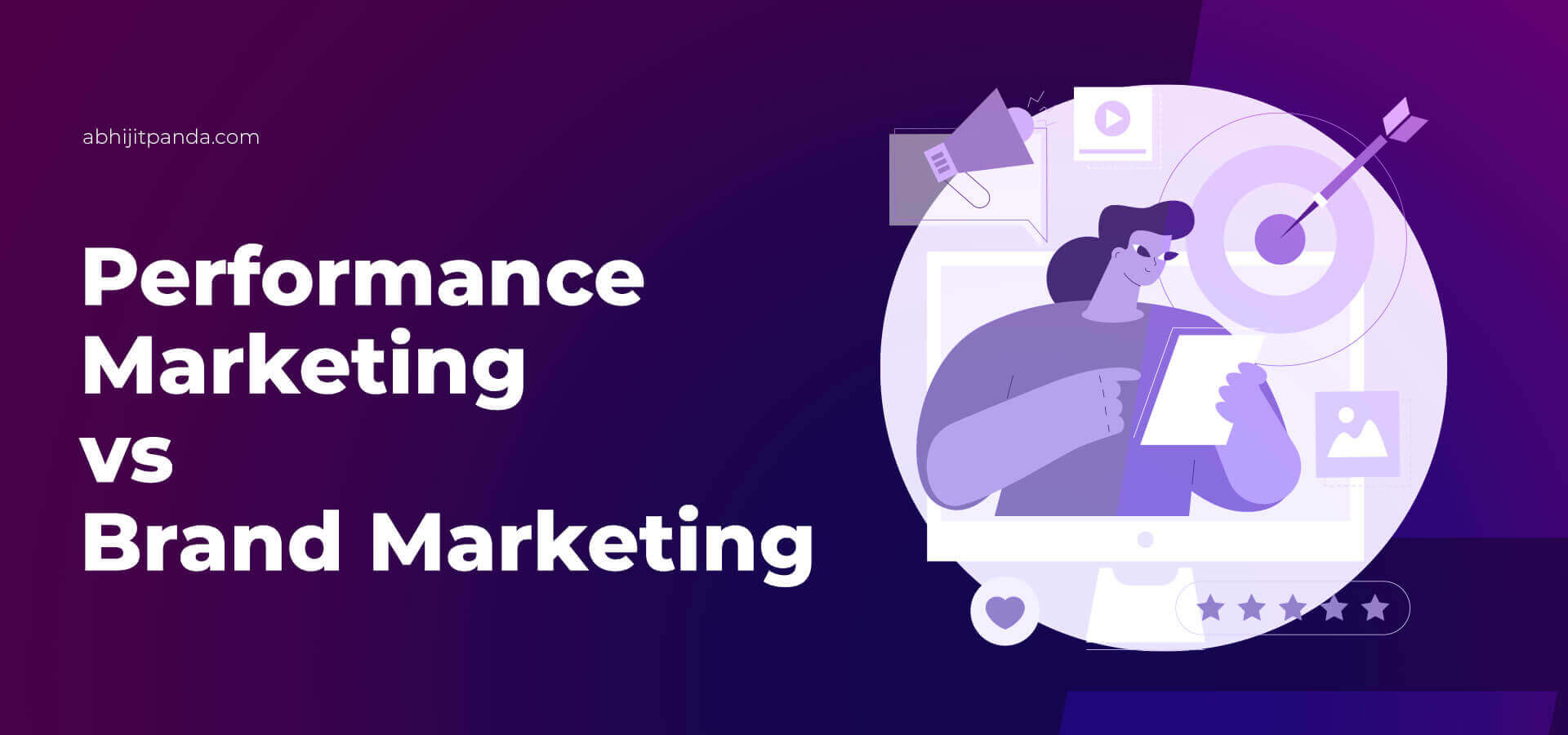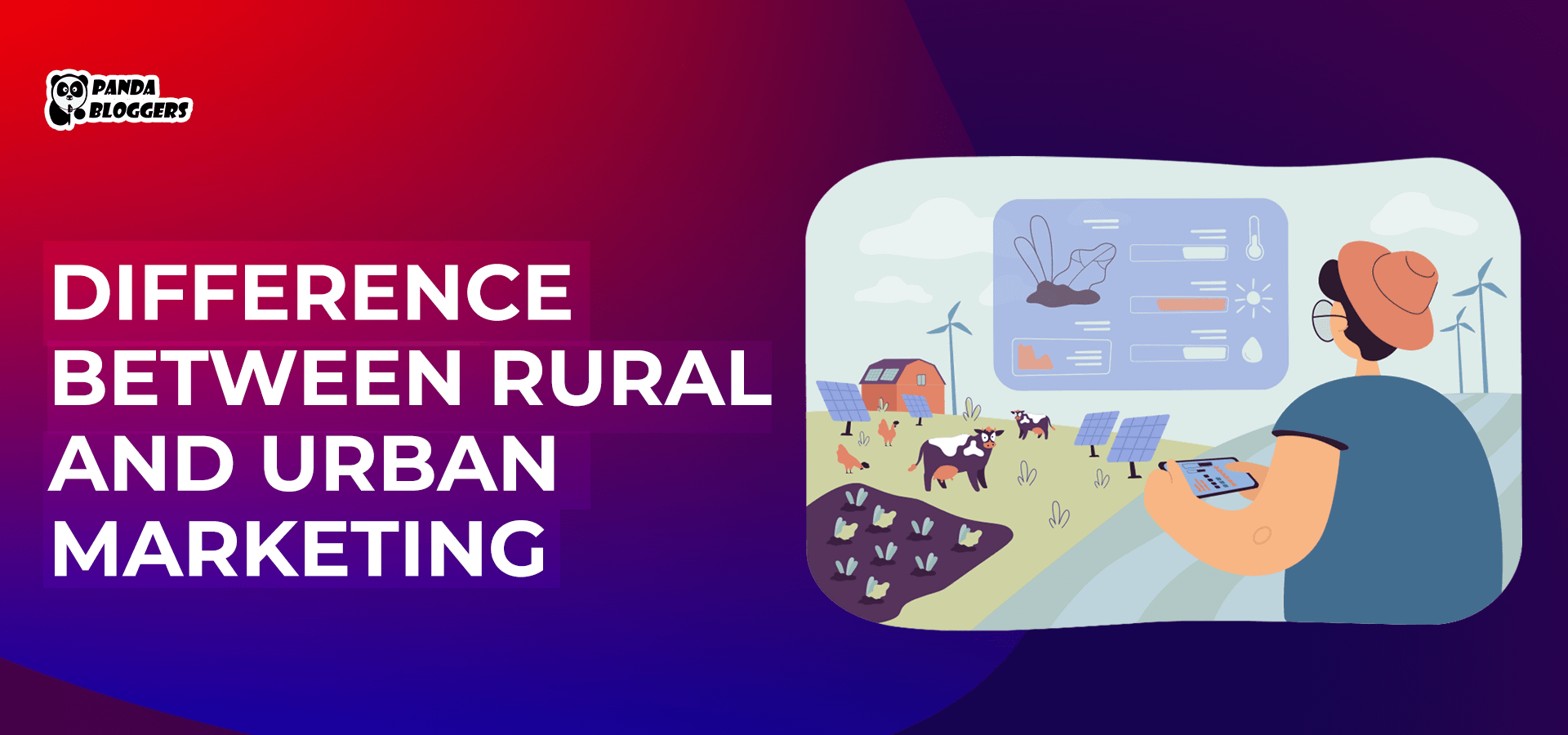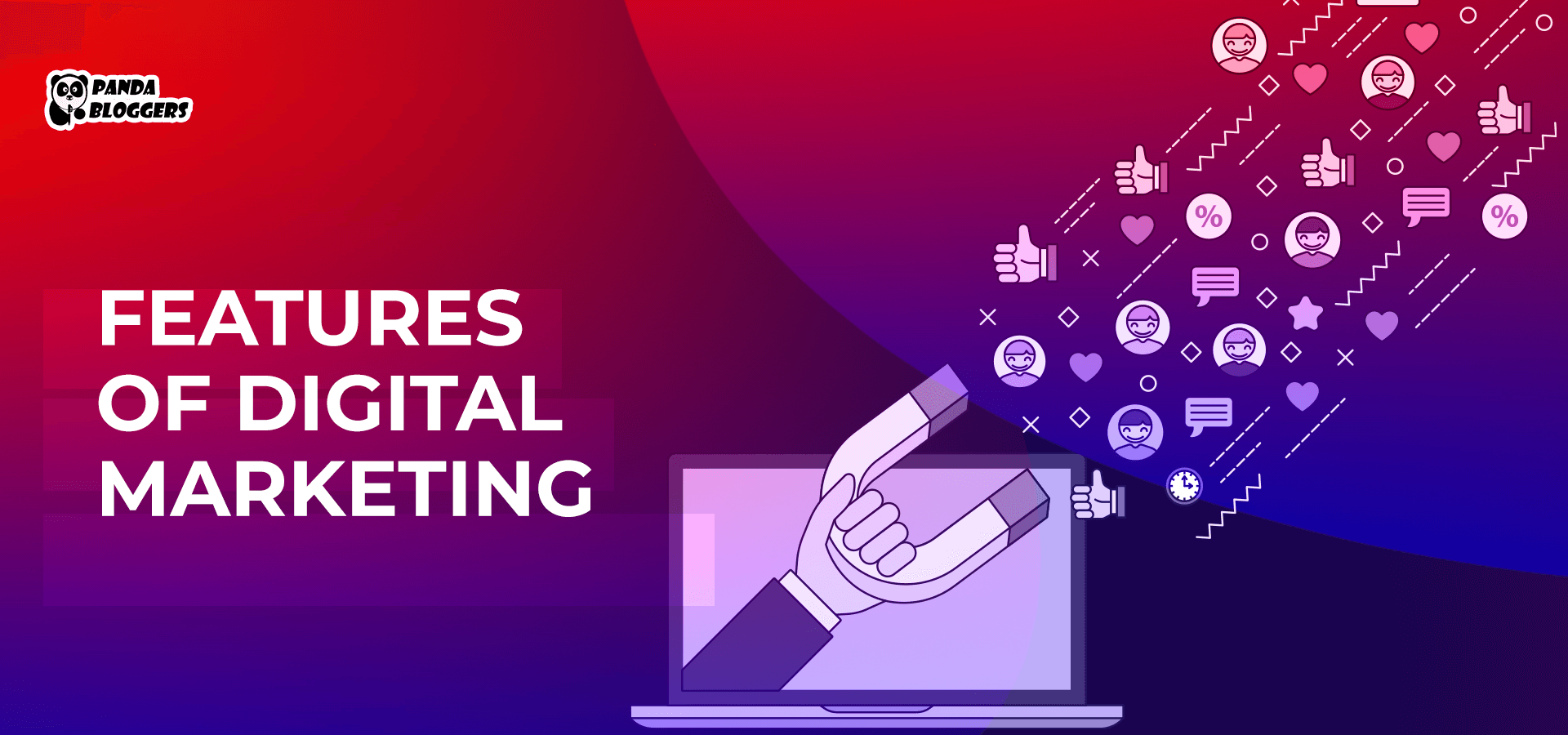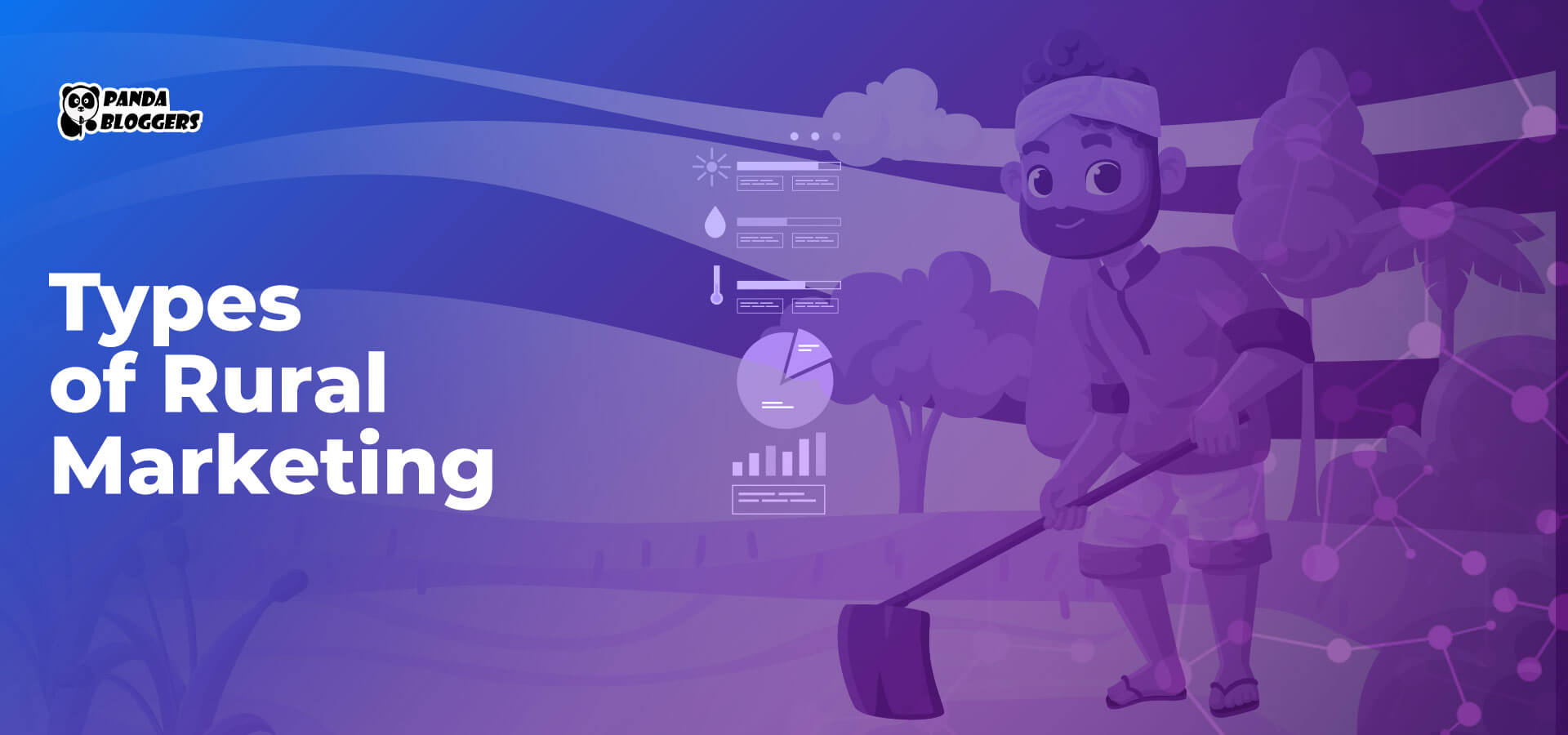 Performance Marketing vs Brand Marketing
Performance Marketing vs Brand Marketing
Businesses these days drive customer acquisition and sale conversion by implementing multiple marketing strategies. Some of these marketing strategies achieve preset goals in a short amount of time, while others deliver great results in the long run.
Brand marketing is a long-term marketing strategy, while performance marketing is a short-term marketing strategy. Hence, brand marketing and performance marketing differ from each other in many aspects, including goals, channels, metrics, and cost.
Performance Marketing
Performance marketing is often described as a goal-based digital marketing strategy. While running performance marketing campaigns, businesses make payments to marketing service providers only after they achieve preset goals or perform predefined actions.
Marketers optimize targeted marketing campaigns using the right marketing channels and making data-backed decisions. They optimize performance marketing campaigns using multiple strategies – native advertising, social media marketing, sponsored content publication, affiliated marketing, and paid search advertisement.
Many companies and startups these days opt for performance marketing to avoid marketing costs. Marketing data analytics tools make it easier for them to measure and track the performance marketing campaign results using important metrics like cost per click (CPC), clickthrough rate (CTR), cost per mile (CPM), conversion rates, and lifetime value (LTV).
At the same time, marketing service providers deliver excellent results by targeting diversified audiences and tapping hard-to-reach audiences. However, performance marketing is more popular with large businesses. Small businesses and startups find the marketing strategy expensive as they need to continue payment to the marketing service provider.
Brand Marketing
Brand marketing focuses on promoting a company’s brand as a whole instead of promoting its offerings. Brand marketing strategies emphasize building and strengthening relationships between a brand and the targeted customers. They establish the brand’s value by telling stories about products or services while focusing on the entirety of the brand.
While planning brand marketing campaigns, marketers explore ways to boost brand awareness and brand reputation. They enhance brand recognition and reputation using digital marketing channels like organic search, paid search, and social media. However, a business can make the long-term marketing strategy successful only by ensuring brand consistency.
Brand consistency creates repeated customers by connecting with them emotionally. There are many instances when brand marketing helped companies get their products recognized in the world. However, marketers must explore ways to make the brand stand out from competitors by conducting elaborate research.
Also, they need to measure and monitor the performance of brand marketing campaigns using important metrics like customer satisfaction score and net promoter score. Digital platforms create opportunities for marketers to boost brand marketing by levering a large amount of data related to a brand. But no business can make brand marketing campaigns successful without investing time and resources.
Key Differences: Performance Marketing vs Brand Marketing
Goals
Businesses launch performance marketing and brand marketing campaigns to achieve different goals. Brand marketing strategies focus extensively on improving brand equity consistently. But they do not focus on boosting customer acquisition and sales conversion in the short run.
On the other hand, performance marketing strategies focus on increasing sales conversion in the short run. They help businesses generate and convert more leads based on present goals. But performance marketing strategies do not focus on enhancing brand recognition and reputation in the long run.
Emotional Connection
Unlike brand marketing, performance marketing does not focus on creating and sustaining emotional relationships with the target audience. Performance marketing strategies increase conversion rates using sequential messaging with less emotional impact.
But brand marketing focuses on enhancing brand recognition, reputation, and loyalty by building long-lasting relationships with the target audience. Hence, brand marketing strategies use storytelling as a tried and trusted tool to personalize a brand and connect with the target audience deeply.
Marketers implement brand storytelling strategies to make the target audience learn about the brand and differentiate it from competitors. However, most marketers these days prefer data-driven storytelling to legacy storytelling to produce better long-term results.
Channels
Performance marketing strategies increase sales conversion in the short run by using several marketing channels – organic search, paid search, paid social, email marketing, and programmatic display. However, marketers often boost performance marketing campaigns by combining the channels where the target audiences spend their time.
Brand marketing strategies explore ways to create and grow relationships with the target audience. Marketers connect a brand with the target audience emotionally using search, social, and digital channels. Most companies conduct market research to identify and combine the right brand marketing channels.
Metrics
Performance marketing beats brand marketing in the category of performance measurement. Decision-makers measure the financial impact of performance marketing strategies using a slew of metrics – cost-per-click (CPC), cost-per-mille (CPM), cost-per-acquisition (CPC), customer lifetime value (CLVT), and return on ad spend (ROAS).
Businesses measure the performance of brand marketing campaigns accurately by conducting market research. But decision-makers convey performance marketing campaign results in financial terms using important metrics like net promoter score (NPS), branded search, and brand name recall.
Cost
Consistency is essential to make brand marketing campaigns successful. A business can enhance brand recognition and reputation consistently only by telling the brand story using multi-format digital content and leveraging multiple digital marketing channels. Hence, organizations need to invest time and resources to connect with the target audience on a personal and individual level.
As noted earlier, businesses make payments to performance marketers only after they achieve preset goals. The payment model enables companies and startups to run performance marketing campaigns without huge upfront and ongoing expenses. But certain performance marketing channels require businesses to spend more than others.
Performance Marketing vs Brand Marketing: Conclusion
Brand marketing is a long-term strategy, while performance marketing is a short-term marketing strategy. Each of these marketing strategies has its pros and cons. They primarily differ from each other in the category of channels and metrics.
But there is a slew of activities that drive performance marketing and brand marketing simultaneously. For instance, an enterprise can boost both brand and performance marketing by implementing digital marketing strategies like search engine optimization (SEO), content marketing, and email marketing.
Hence, most businesses these days integrate performance and brand marketing strategies to achieve short-term and long-term goals. They boost performance marketing strategies by marketing a brand consistently. Likewise, they increase brand recognition and reputation by making performance marketing strategies achieve preset goals.









Leave a Reply